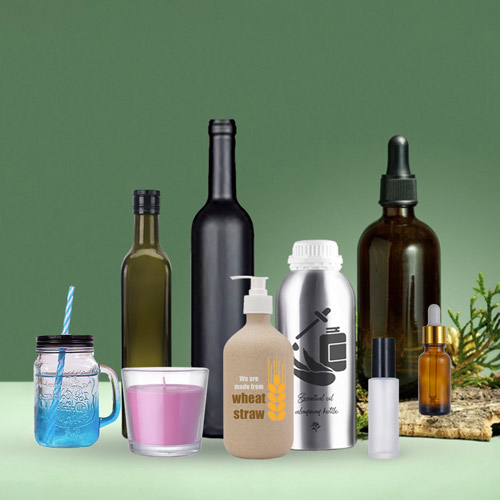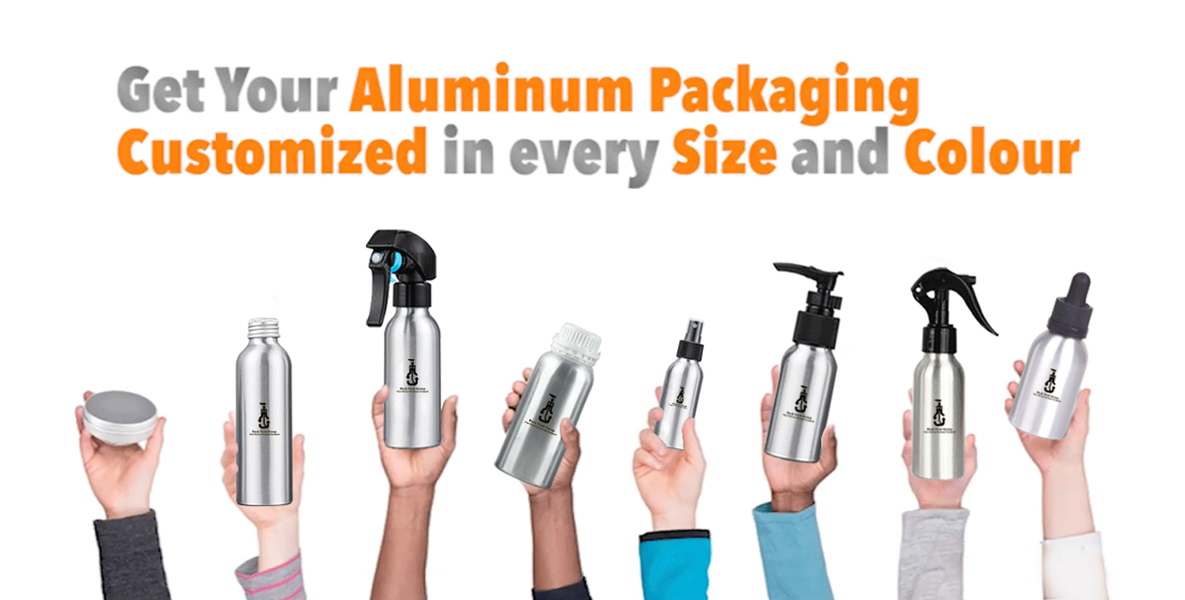
While perfumes do not spoil as quickly as food, most of them experience a noticeable decrease in fragrance intensity within six months. Therefore, understanding that perfume bottles are not just containers for liquid is crucial. An ideal perfume bottle not only enhances the brand's appeal but also effectively protects the perfume. Perfumes need to be stored in packaging that shields them from light, temperature, oxidation, and air, as these factors often accelerate the deterioration of fragrances.
- Step 1: Selecting Quality Aluminum Sheets
Aluminum bottles are initially made from a round aluminum sheet, so selecting a high-quality sheet is crucial as it directly determines the final quality of the aluminum bottle. The aluminum sheet needs to meet standards for strength, purity, and pliability.
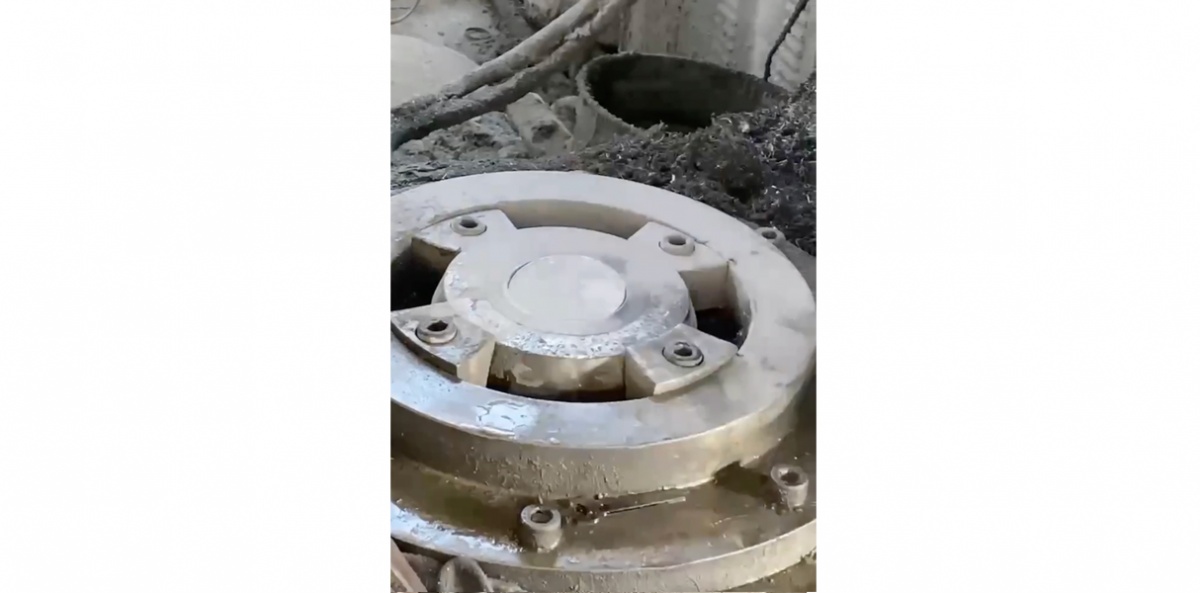
- Step 2: Making Aluminum Cylinders
Lubricate the stamping machine and place the aluminum sheet into the corresponding mold. Start the stamping machine to form a cylindrical shape, which serves as the basic structure of the aluminum bottle. During this process, it's important to note that if you want to make a bottle with a specific diameter, you need to use corresponding diameter aluminum sheets and molds. Additionally, consideration should be given to the proportion of diameter to height to ensure the bottle looks proportionate and to the weight of the bottle, as it indicates the thickness of the bottle walls. If you want to create a special shape at the bottom of the bottle or engrave a brand logo, special molds are required.
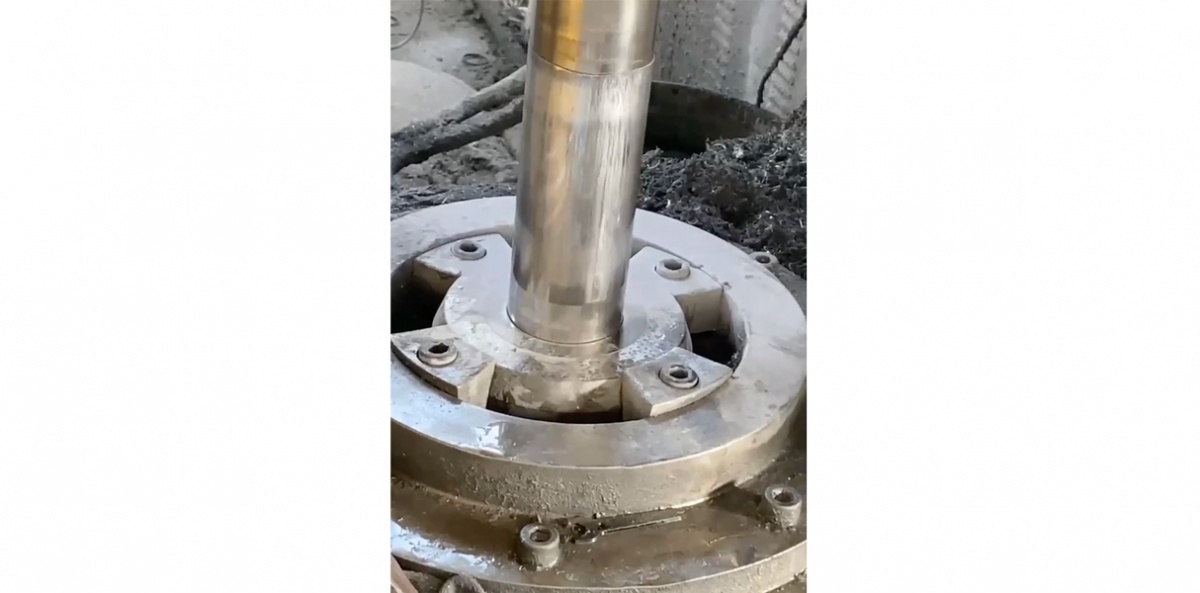
- Step 3: Making Bottle Necks
After obtaining the aluminum cylinder, the next step is to use a necking machine to shape the top into a beautiful curved shoulder and round bottle neck. You can customize the shoulder shape, which can be full-rounded, concave, or conical. Also, you can customize the size of the bottle neck to match accessories like caps and pumps that will be used later. This process involves cutting off excess material from the top of the bottle.
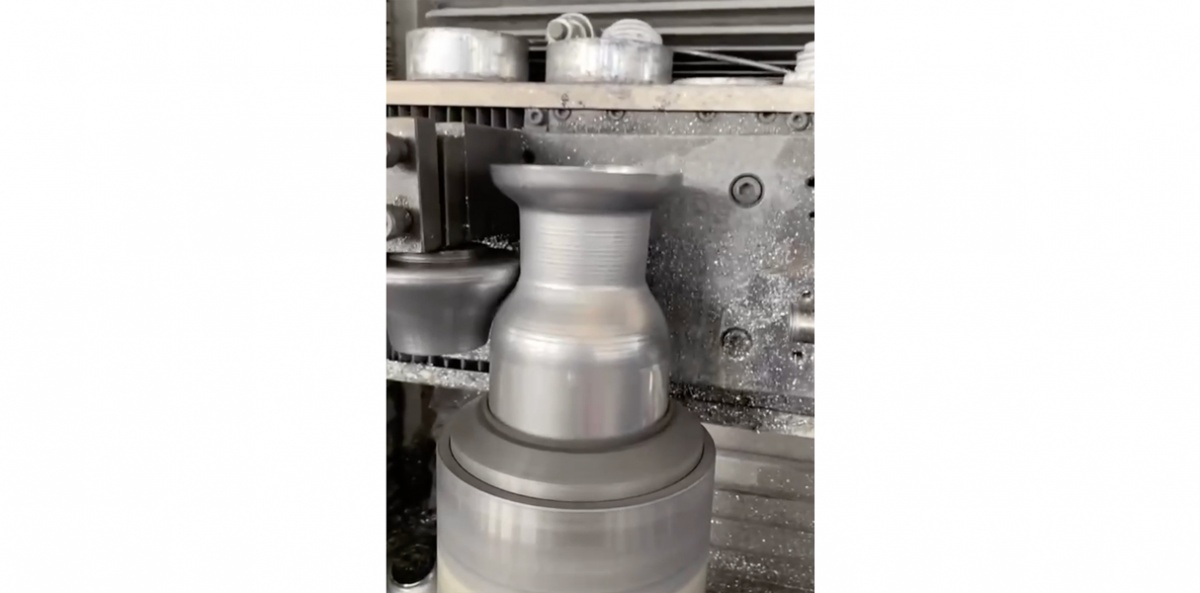
- Step 4: Cleaning Aluminum Bottles
During the production process, lubricating oil or other residues, even metal fragments, may adhere to the surface of aluminum bottles. Therefore, it's necessary to clean and dry the inside and outside of the bottles using a bottle washing machine. The liquid used for cleaning aluminum bottles is a special chemical agent that effectively removes lubricating oil and other residues. This is followed by a rinse with pure water generated by a reverse osmosis device and heated. When cleaning with chemical agents, attention should be paid to controlling the cleaning time, as excessive time can cause whitening of the bottle surface, while too short a time may not thoroughly clean oil stains, leading to a dull appearance. Properly controlling the cleaning time can result in a brighter surface. Once cleaning is complete, the bottles are dried.
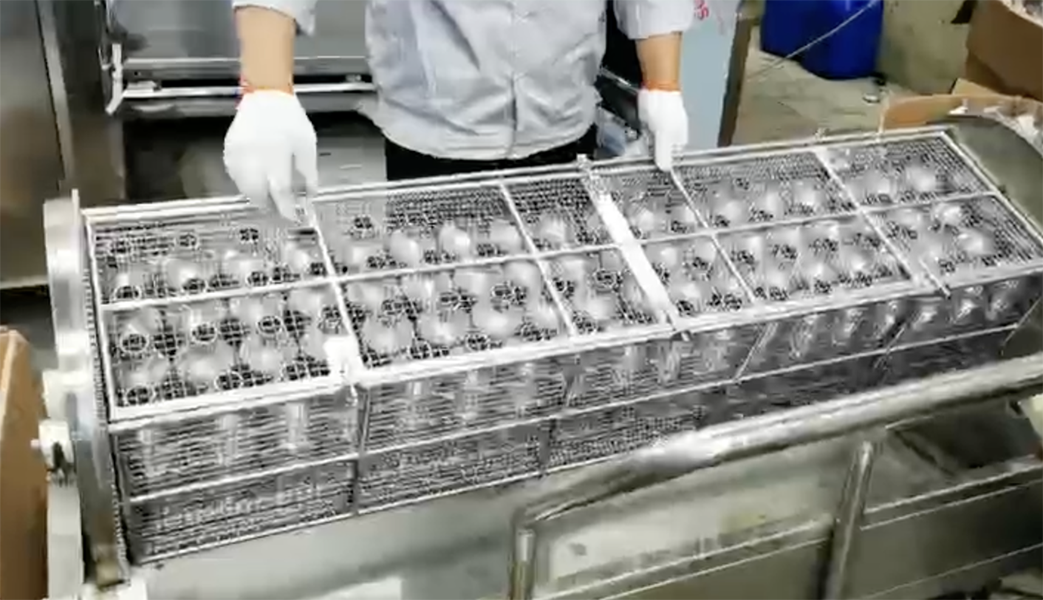
- Step 5: Making Bottle Thread
After cleaning, a crucial step is to create bottle threads, which determine whether the bottle can perfectly match other accessories like caps and pumps, thus avoiding the risk of leakage during use. Thread making can be deep or shallow, coarse or fine, depending mainly on the threads of the accessories. If aluminum caps are to be used with the bottles, the threads are relatively coarse and shallow, while if plastic pumps, sprayers, and other accessories are needed, the threads should be made as fine and deep as possible.
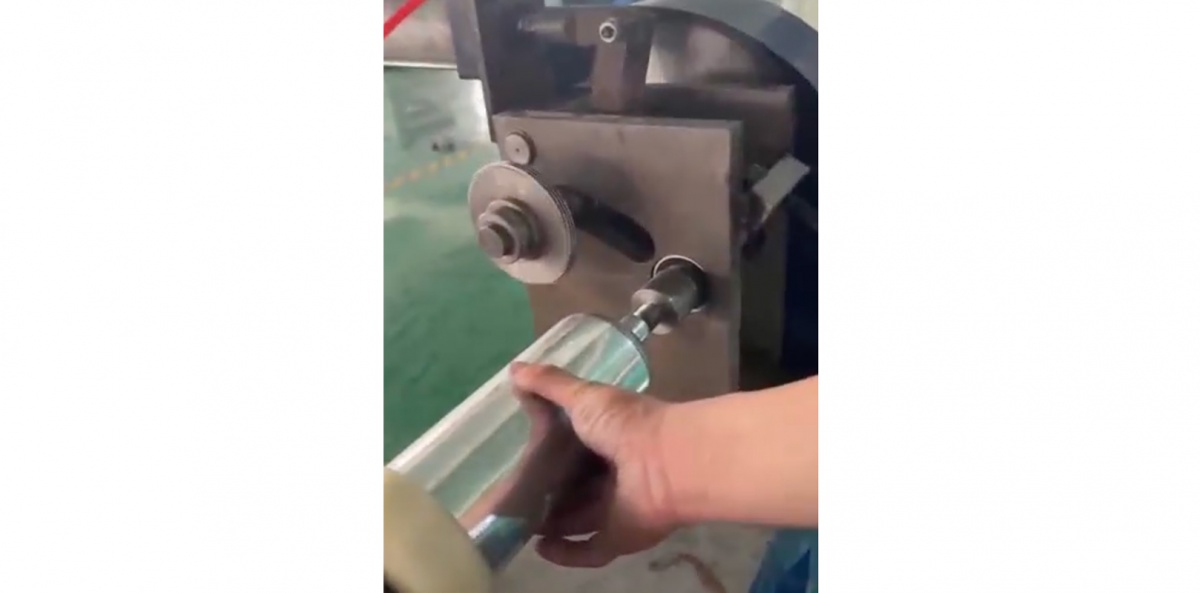
- Step 6: Exterior Polishing

- Step 7: Interior Coating
- Step 8: Exterior Painting/Anodizing
- Step 9: Exterior Printing/Labeling
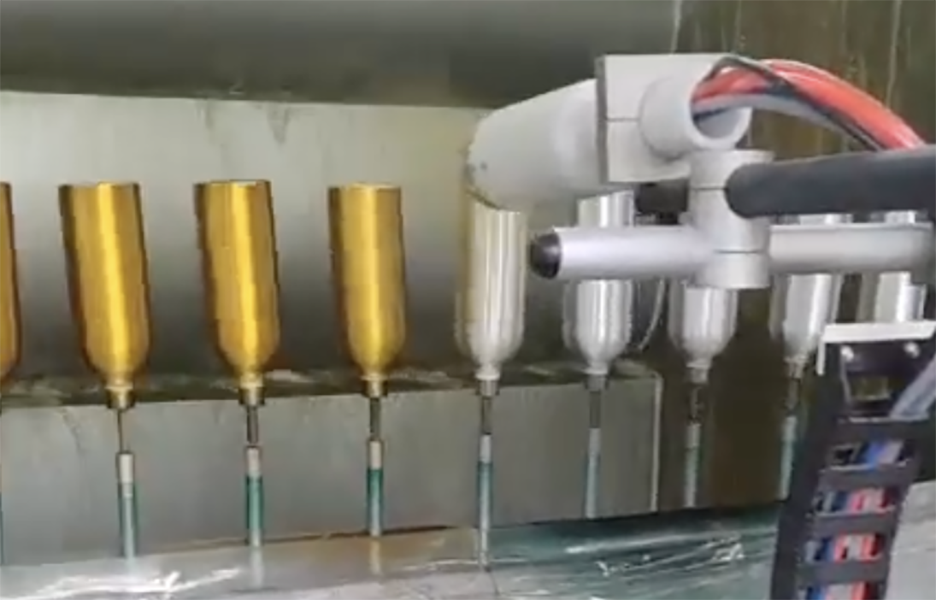
- Step 10: Bagging Packaging
Tips: The cap accessories for aluminum bottles include ordinary aluminum caps and plastic anti-theft caps. If plastic anti-theft caps are used, the bases of the anti-theft caps need to be installed and fixed on the bottle necks using machines.
If your company is looking for aluminum bottles for cosmetics and essential oil storage or chemical product storage, please contact the RECYC team. We will provide you with a complete aluminum bottle packaging solution.

